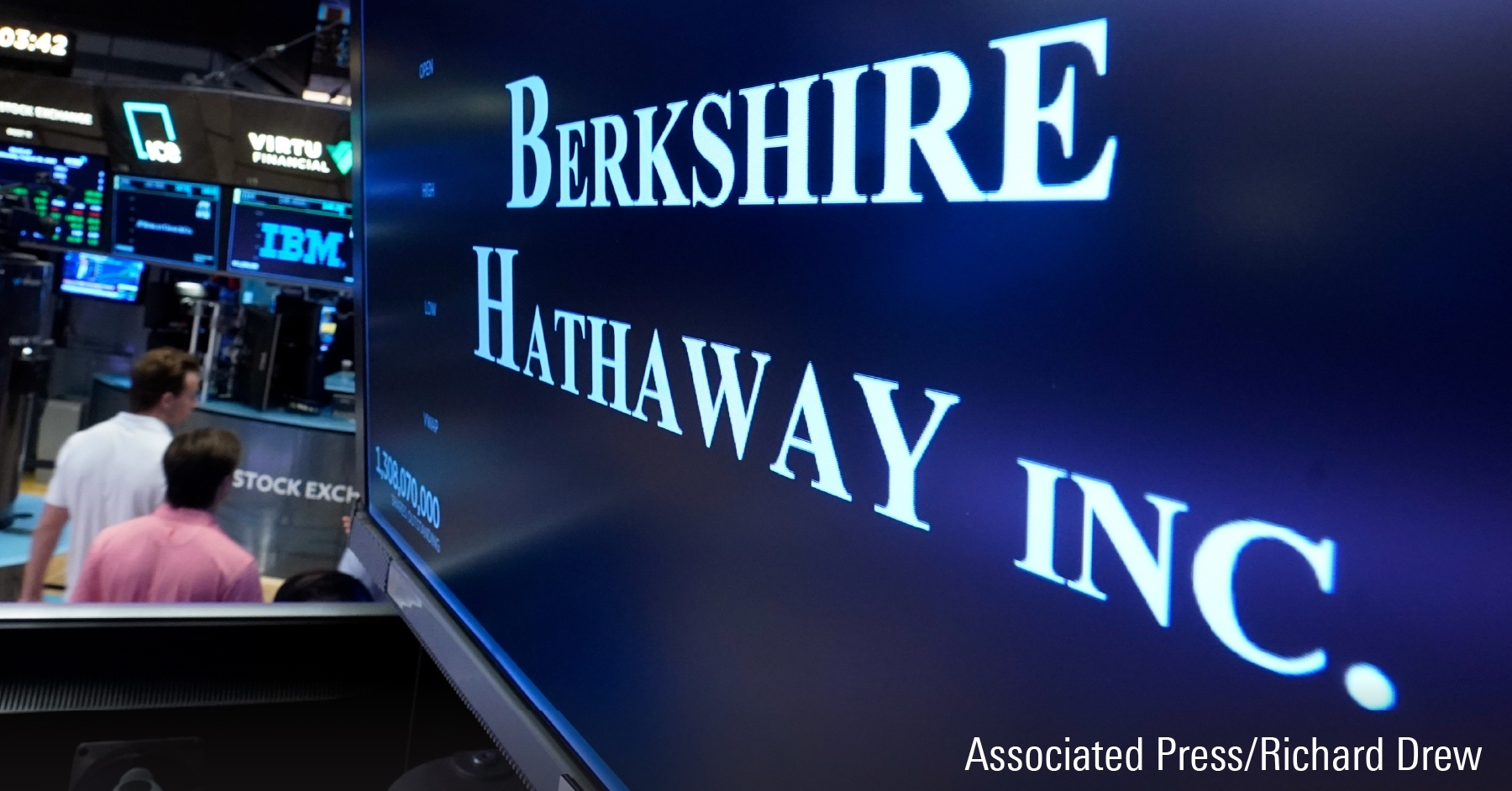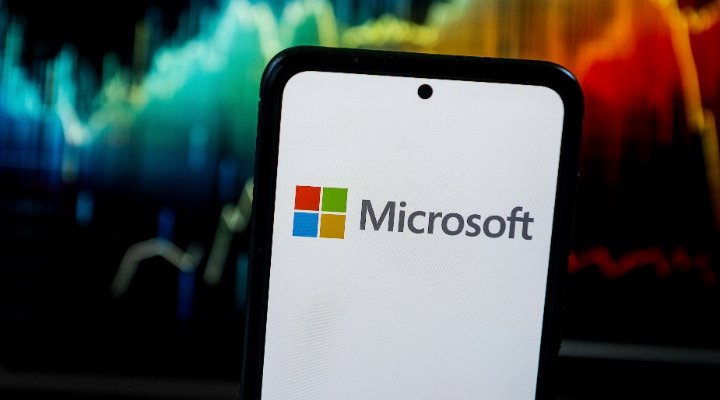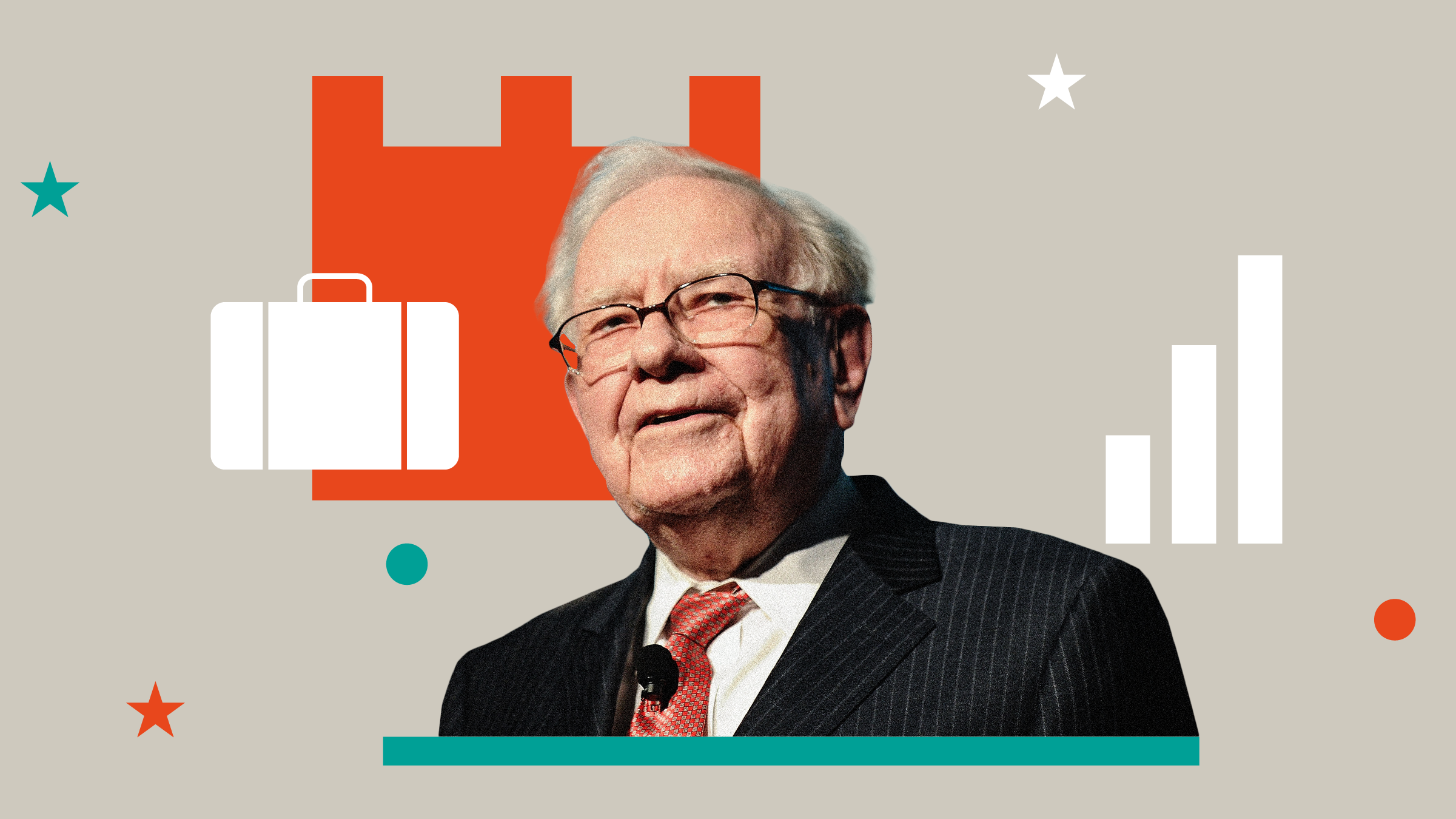We like what we saw out of Apple’s jam-packed product announcement event on Sept. 9, as the company continues to push the envelope on hardware, software, and service innovations. Features and pricing around new products like the iPhone 6s and 6s Plus, iPad Pro, and Apple TV were in line with reports leading up to the event, and we don’t view Apple’s stock sell-off after the event as company-specific, but rather in line with the broader decline in the U.S. stock market. We will maintain our $140 fair value estimate for Apple and consider it to be one of our best investment ideas within the technology sector. Our narrow moat rating for Apple remains intact, while the announcements give us even more confidence in our positive moat trend rating. We think more and more customers are likely to buy additional Apple products and services (like the newest Apple TV), which should increase switching costs around iOS and allow Apple to sell repeat iPhones to this customer base well into the future.
The iPhone 6s will have its usual “s-series” upgrades from the prior year’s model, such as improved processors and cameras with Ultra HD video capabilities. New features like Live Photos and 3D Touch appear compelling, but perhaps not as exciting as upgrades like TouchID as in years past. Nonetheless, we still foresee iPhone growth in fiscal 2016 as the two big drivers of last year’s growth—demand for large-screen iPhones and expanded distribution with China Mobile—continue on. The health of China’s true economy remains the biggest risk to Apple’s near-term growth, in our view.
We view the iPad Pro as focusing on the enterprise and serving niche audiences, all while protecting its premium tablet leadership position and cutting off areas of differentiation from competitors like Microsoft. We found Apple’s revised TV and tvOS to be its most interesting product, as the company strives to develop a one-stop platform for home content viewing (movies, TV, streaming video, gaming).
Ultimately, we view the iPhone 6s and 6s Plus, along with iOS 9, as solid improvements to its lineup. Again, we see the large screens and further expansion into China, rather than a must-have new feature within the 6s, as the two main drivers for ongoing iPhone growth in fiscal 2016. In our view, the risks to iPhone growth remain the same—tough comparisons from stellar sales a year ago, and, more important, a downward spiral in China’s true economy that leads consumers to either hold on to their existing iPhones for a longer period of time or opt for lower-priced Android phones for their next (or first) smartphone. We are less concerned about the recent devaluation of the Chinese yuan for Apple, although undoubtedly, it will provide the company with near-term headwinds as sales of iPhones in China are translated back into relatively fewer U.S. dollars.
Apple’s latest iPhones are available for pre-order on Sept. 12 and are available for sale on Sept. 25 in 12 countries, including China. We will keep a close eye on opening-weekend sales, which will presumably be disclosed by Apple on Sept. 28. We’d like to see Apple exceed the 10 million units sold in its opening weekend a year ago, as setting yet another weekend record could bode well for iPhone growth this fiscal year. Conversely, selling fewer opening weekend units than last year, or failure by Apple to disclose weekend sales at all, could be ominous signs for the iPhone and, most likely, investor sentiment over the next 12 months.
Perhaps the biggest iPhone-related surprise was Apple’s iPhone Upgrade Program through its retail stores, where customers can pay monthly for an unlocked iPhone, AppleCare+, and the right to upgrade to Apple’s latest iPhone every 12 months. Our initial thoughts are that the program is aimed at Apple controlling more of the overall customer experience, while also improving profitability as we believe that iPhones sold in retail stores carry modestly higher gross margins than those sold through third-party carriers and retailers.
We were most impressed with Apple’s revised TV, both in terms of hardware around the remote control (much improved versus previous Apple TVs), operating system and support for third-party apps. The new Apple TV user interface appears slick, as customers can search across multiple content apps (iTunes, Netflix, Hulu, HBO, Showtime and others in the future) and provide all viewing options on a single screen. Another nifty demo came when
Siri reacted to the command “What did she say?” by rewinding 15 seconds and automatically including closed captions. These types of elegant user interface features could make Apple TV the premier connected home platform for over-the-top video services today, and perhaps (as rumored) a streaming package for live TV later on. We’re still not sold on Apple emerging as a dominant TV platform, given high fragmentation in this market. But like many of Apple’s services, to the extent that customers gravitate to, and invest in, Apple TV, such loyal customers are more than likely to pay premium prices for iPhones and other Apple hardware products well into the future.
We continue to like Apple’s moves to focus on the enterprise, and the iPad Pro is no exception. Ultimately, we view enterprise customers as stickier than consumers, especially as corporate apps are built specifically for iOS. We also anticipate that the iPad Pro will carry higher gross margins than the rest of Apple’s iPad lineup, but doesn’t yet move the needle on our fair value estimate.
The iPad Pro has an impressive feature set and Apple claims that the tablet is faster than 80% of PCs shipped over the past 12 months. Features within the iPad Pro, such as a stylus (named Apple Pencil), Smart Keyboard (akin to the case used with the Microsoft Surface) and multitasking appear to be radical departures from the iPad’s introduction and copycat moves versus the competition. Yet we view such moves as satisfying niche audiences, and with a market leadership position in tablets, Apple is giving its customers fewer incentives to switch to alternate vendors and ecosystems. Apple started down this path last year by allowing third-party keyboards within iOS 8, after years of usage within Android, and it doesn’t appear to have harmed the firm in any way. More important, features like the Pencil are nice-to-have’s for certain corporate users, but still aren’t the main sources of interaction with the device and do not degrade the basic user experience. We also don’t view Apple’s launch of the Pencil as a sign that Apple is somehow going against its core values; Steve Jobs was notoriously against a stylus in years past, but again, as the primary method of interacting with the device.
Apple Watch announcements, such as the unveiling of the Hermes collection and a variety of new Watch and band colors, don’t move the needle on our estimates for future Watch sales. Yet Apple’s allocation of event time to a demo by Airstrip, a medical app for doctors built for the Watch, bears watching, as Apple continues to inch the Watch closer to being a medical device, an area where pure-play tech firms have not expanded in the past, most likely due to (rightfully) hefty regulations in the medical field. Any advances by Apple in medical might be especially hard for competitors to emulate.
Looking at Apple’s recent stock performance, at a closing price of $110, Apple’s stock price is down 18% from its intraday high of $134.54 in late April. Compared with the 45% sell-off in Apple’s stock from September 2012 to April 2013, we still view Apple as in a much better competitive position today, while we can also make a stronger case for a valuation floor. In 2012 and 2013, we saw Apple concede some share to Samsung, while we also weighed concerns that Android would win out as the sole ecosystem of choice for developers and consumers. We also saw investor concerns over Tim Cook’s leadership, innovation within the company, and frustration from Apple’s failure to distribute cash to shareholders.
Today, Apple has gained premium smartphone market share and built a sustainable mobile computing ecosystem, while the leading Android-based firms appear to be only winning at the middle and low end of the market. Meanwhile, Apple has exhibited clear innovation in hardware (Apple Watch), software, and services (Apple Pay) under Cook’s leadership, while the firm now offers close to a 2% dividend yield and has a $50 billion stock buyback program in place. Combined with our narrow-moat thesis, where switching costs around iOS will help Apple retain a good portion of its user base over time, we continue to like Apple’s prospects. Concerns around China’s economy and its ability to offset all other tailwinds in Apple’s favor are valid and bear watching, but barring further deceleration and prolonged sluggishness in the Chinese economy, we view Apple’s recent stock sell-off as a bit overdone.























